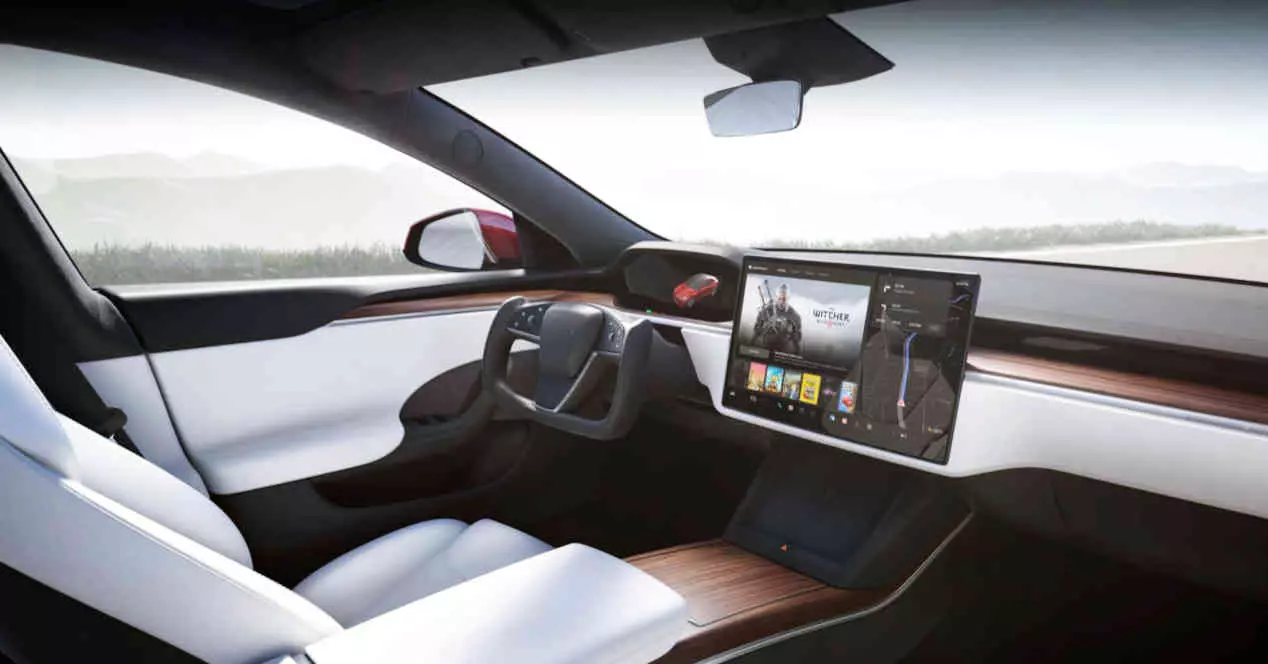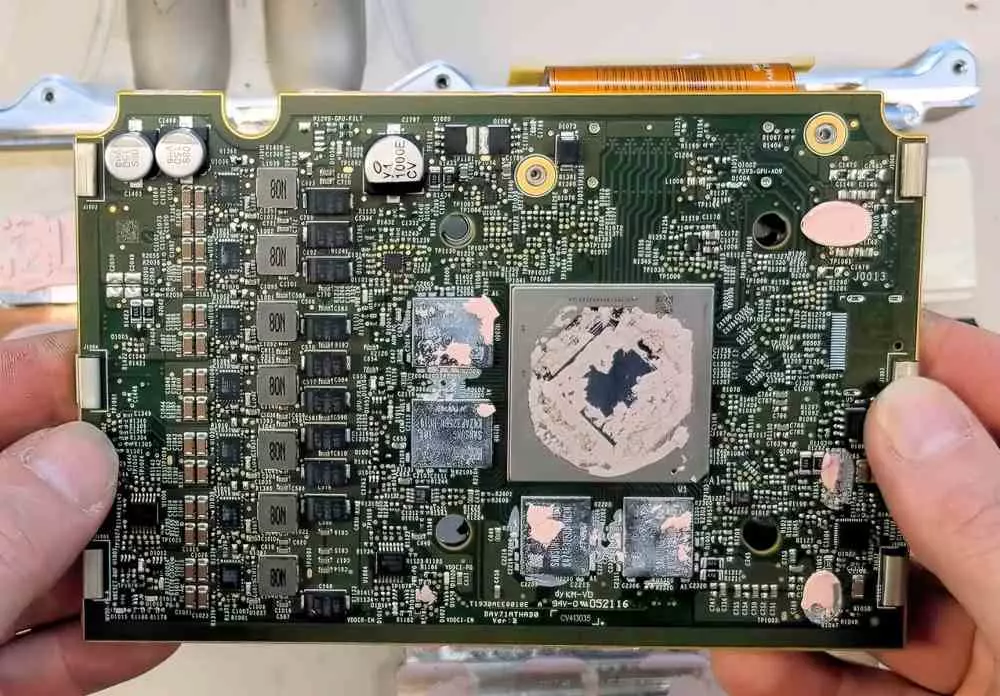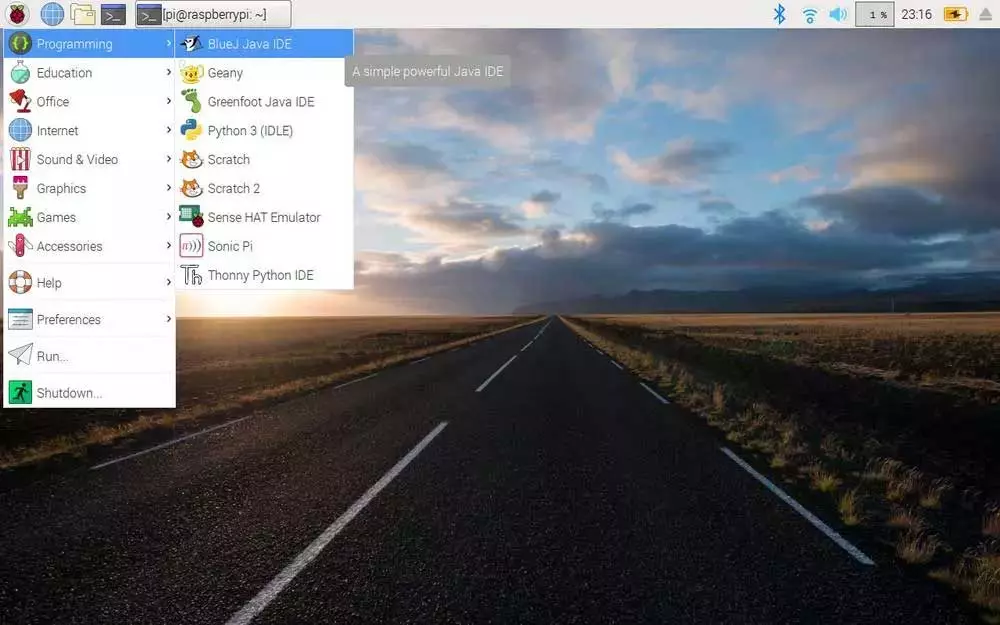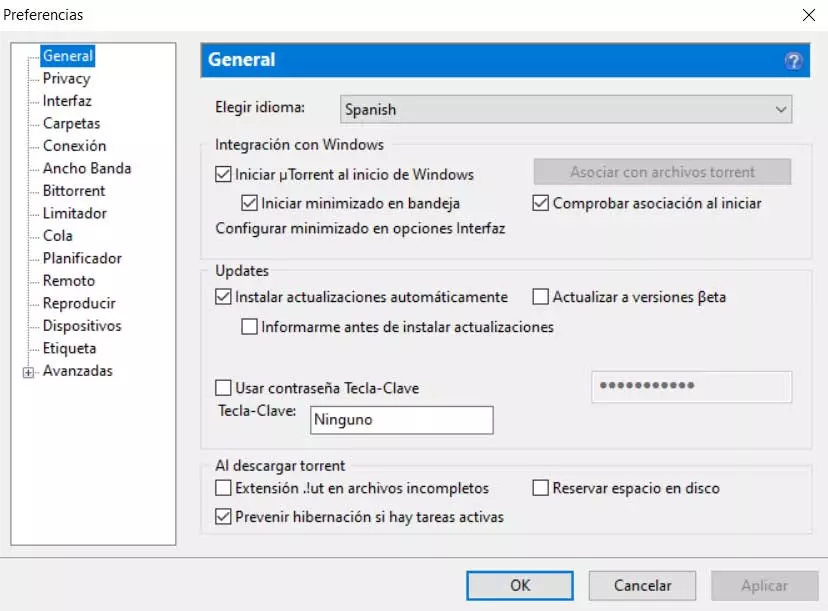
With Dojo, the processor developed internally by Tesla, recently presented and waiting for NVIDIA to present its Tegra Orin in a few days, today we bring you a small analysis to the guts of the computer on board the Tesla, which uses PC hardware and is that They mount processors and AMD graphics.
The world of computing applied to smart driving has become an important branch of hardware development and a market in its own right. The reason is that the problems to be solved in the face of transport automation require more and more powerful processors that also meet a series of requirements in the field of energy consumption and thermal specifications.
That is why Tesla as a step prior to the deployment of its architecture has opted for a PC processor, which gives it enough power for its needs. Let’s not forget that Tesla is not a processor developer and that is why they had to pull this solution to improve the computer on board their cars. While waiting for future models with their Dojo architecture, let’s see what the union of Tesla and AMD looks like.
This is the AMD hardware in Tesla cars
Not everyone has the luxury of accessing a Tesla Model S Plaid worth more than $ 120,000, but even fewer people dare to disassemble the on-board computer from such a complex piece of engineering to see inside. Luckily there is this kind of person and we have been able to see something that is not usually seen every day such as the computer on board one of the Elon Musk brand cars.
And what do we have inside? Well, a motherboard that is governed by an AMD Ryzen V180F, a processor based on the Zen + architecture and therefore built under the 12 nm node of GLOBALFOUNDRIES and therefore it is an APU with several years behind it and that is thought for embedded systems. In any case, let’s not forget that the production volume of the Tesla is not the same as that of the PC, but it has been a good way for AMD to get rid of this chip, which is composed of 4 cores capable of offering 8 threads of execution at a clock speed of 2.8 GHz.
What does stand out is the integrated GPU, which is RDNA 2 architecture with 28 Compute Units and the ability to reach 2.8 GHz in Boost. The most astute of our readers will have noticed that they are the same specifications as a RX 6600, in this case we are facing the version for laptops. Its power allows it to reach a peak performance very close to that of the PlayStation 5, but not in a sustained way.
One of the particularities that RDNA 2 has over its predecessor is the ability through SIMD over the registry to operate with data types widely used in the world of deep learning with are BFLOAT16, Int8 and Int4. Capability that the Tesla Model S uses for self-driving functions, and it is rumored that the performance of this system is on par with that of the SONY PS5 with 10 TFLOPS.
Has AMD entered the automotive world?
Despite the contract with Tesla, if we take into account that Elon Musk’s company is not going to continue with AMD and that Lisa Su’s company has nothing on the roadmap related to the development of cores to be used in smart cars, Well, the very direct answer: in principle no.
The weak point of AMD has been for years the development of hardware for artificial intelligence. This is crucial for computer vision used for automatic driving algorithms and for interpreting the data captured by different sensors and cameras at high speed.
In any battery-powered device, energy consumption when doing any task is crucial and the specialized architectures that are appearing in recent years are more efficient than this proposal from Tesla and AMD.





